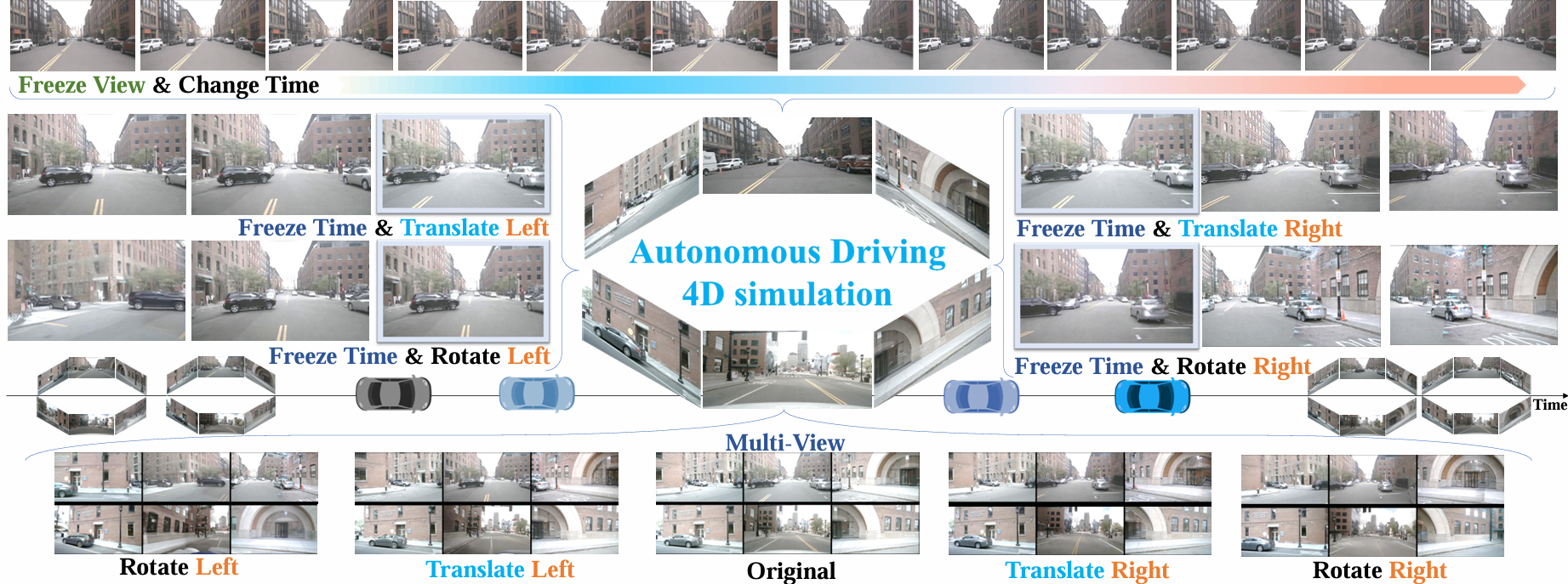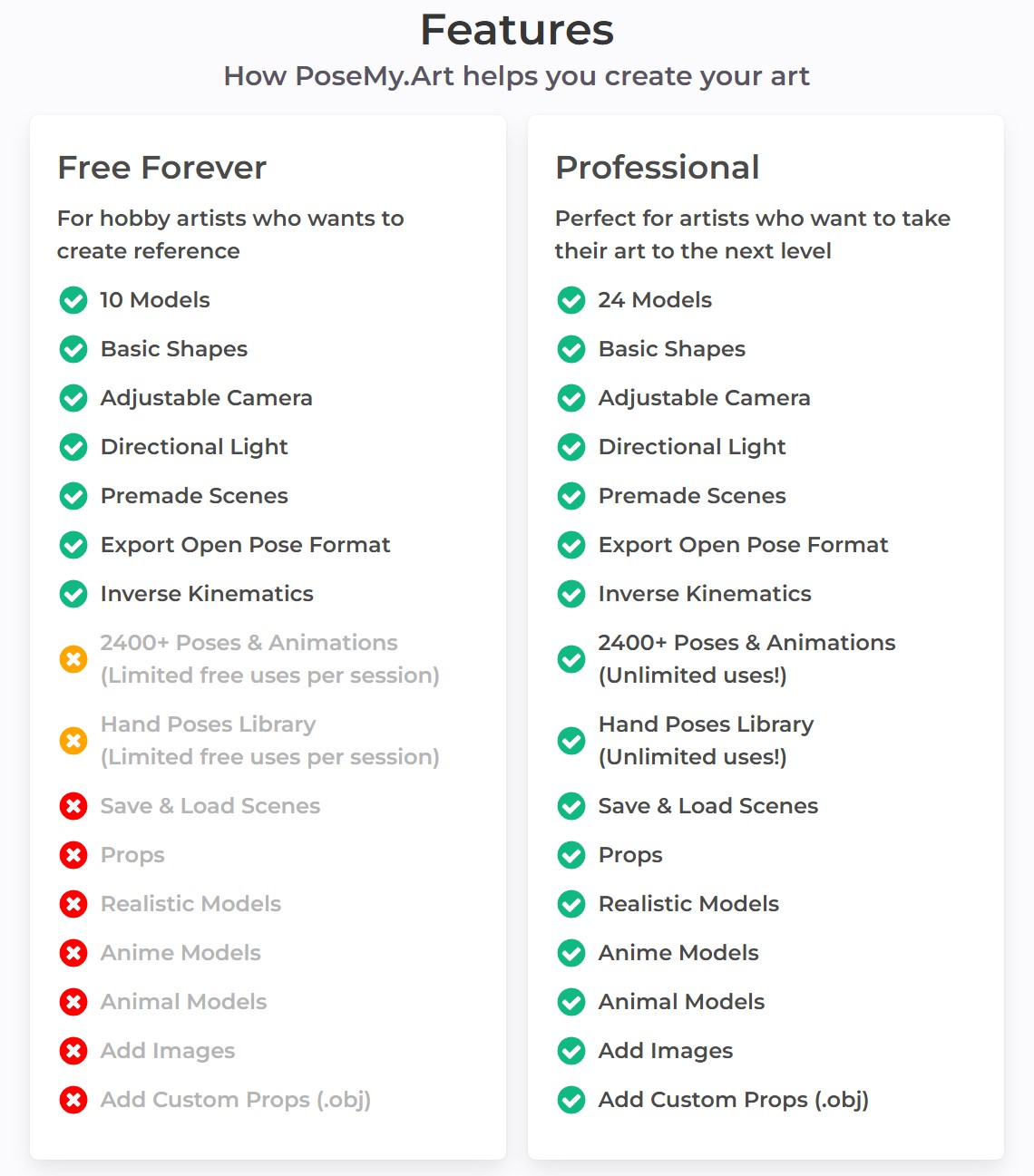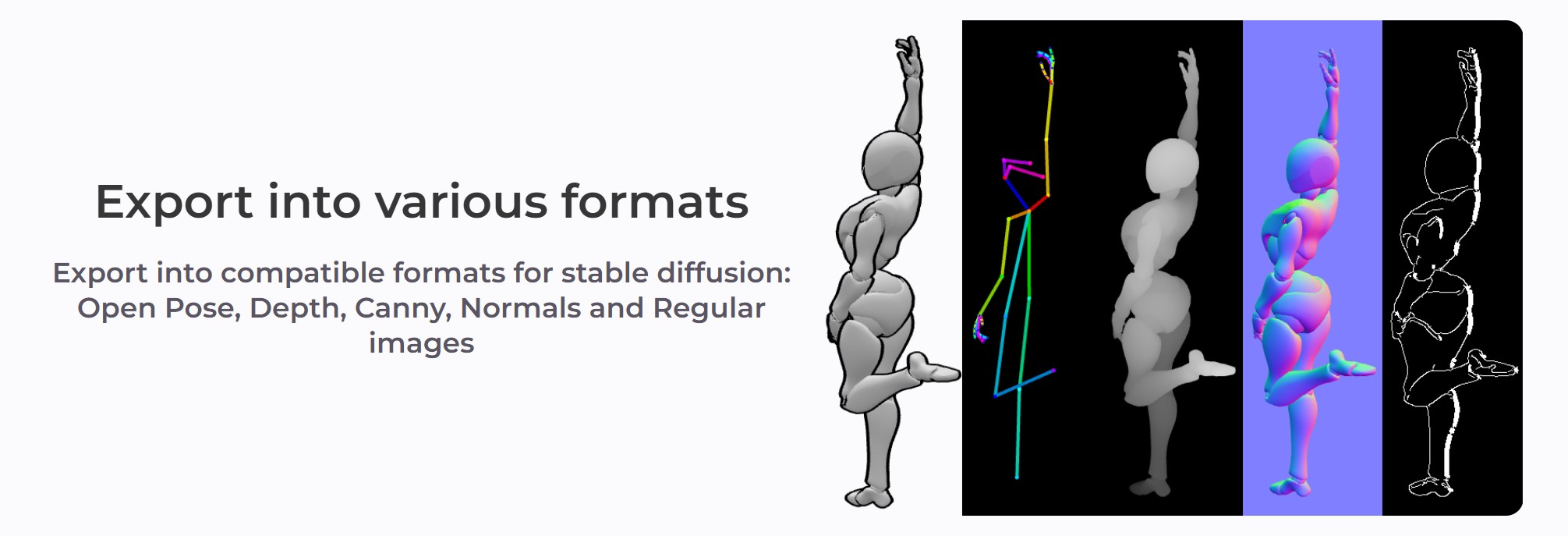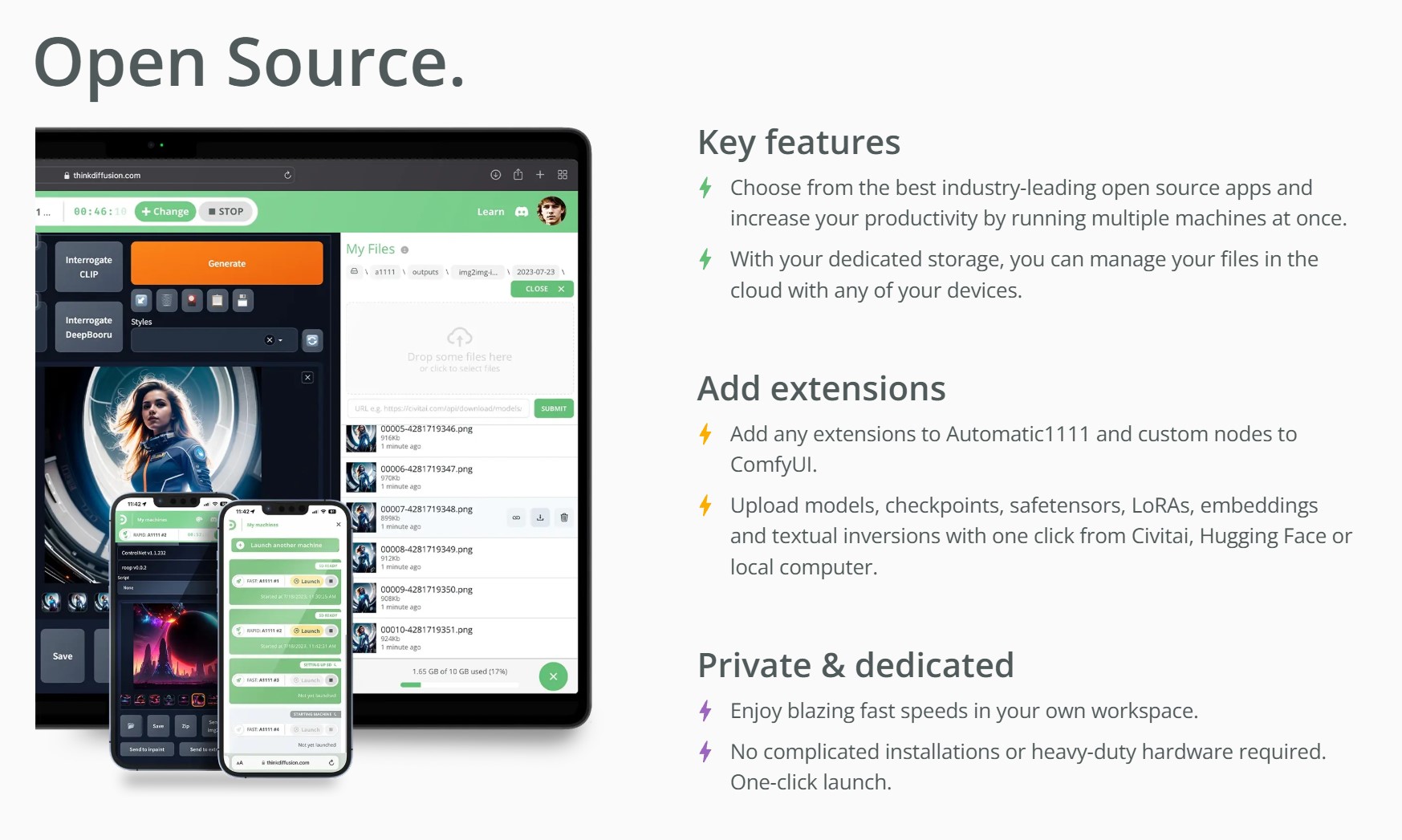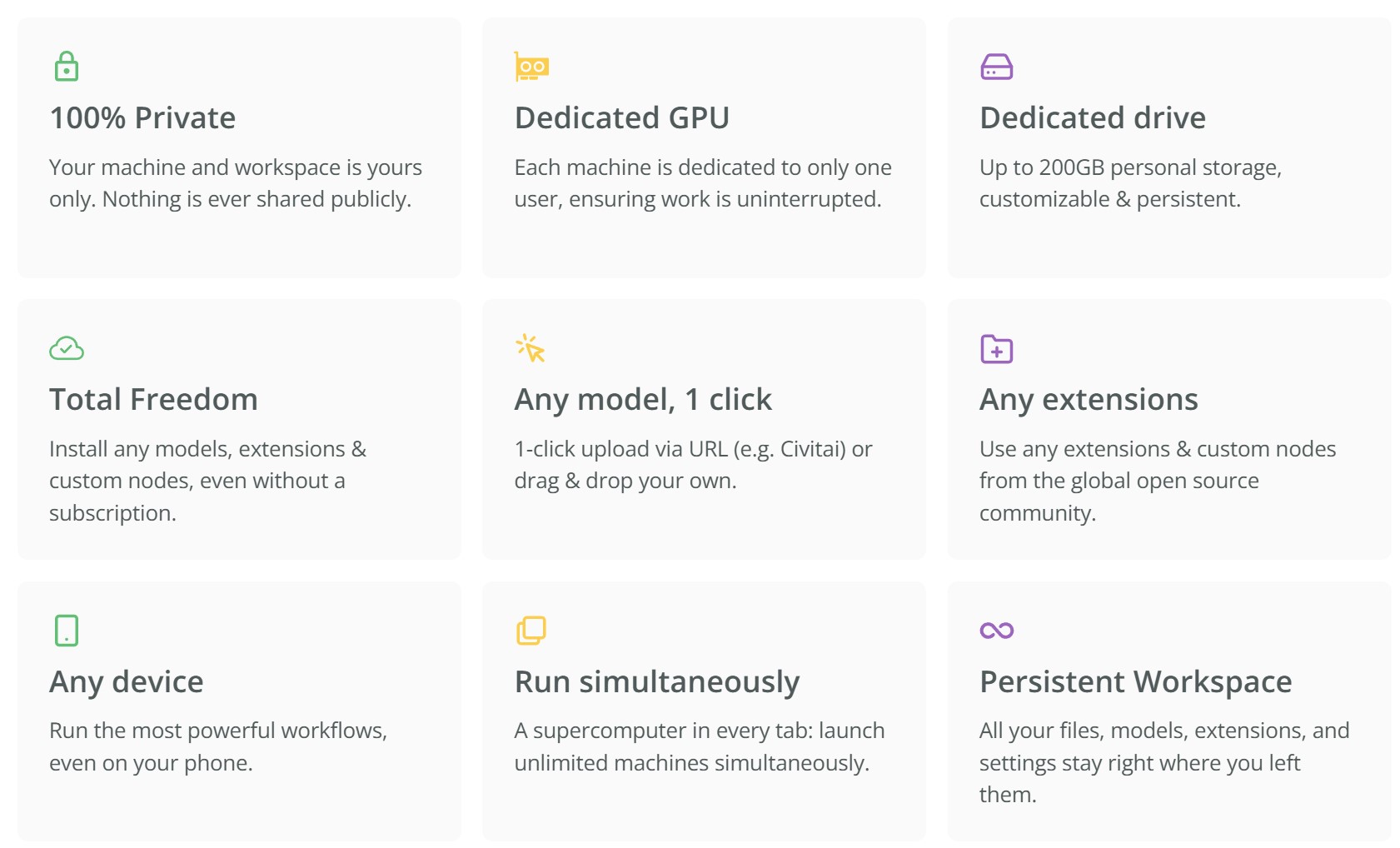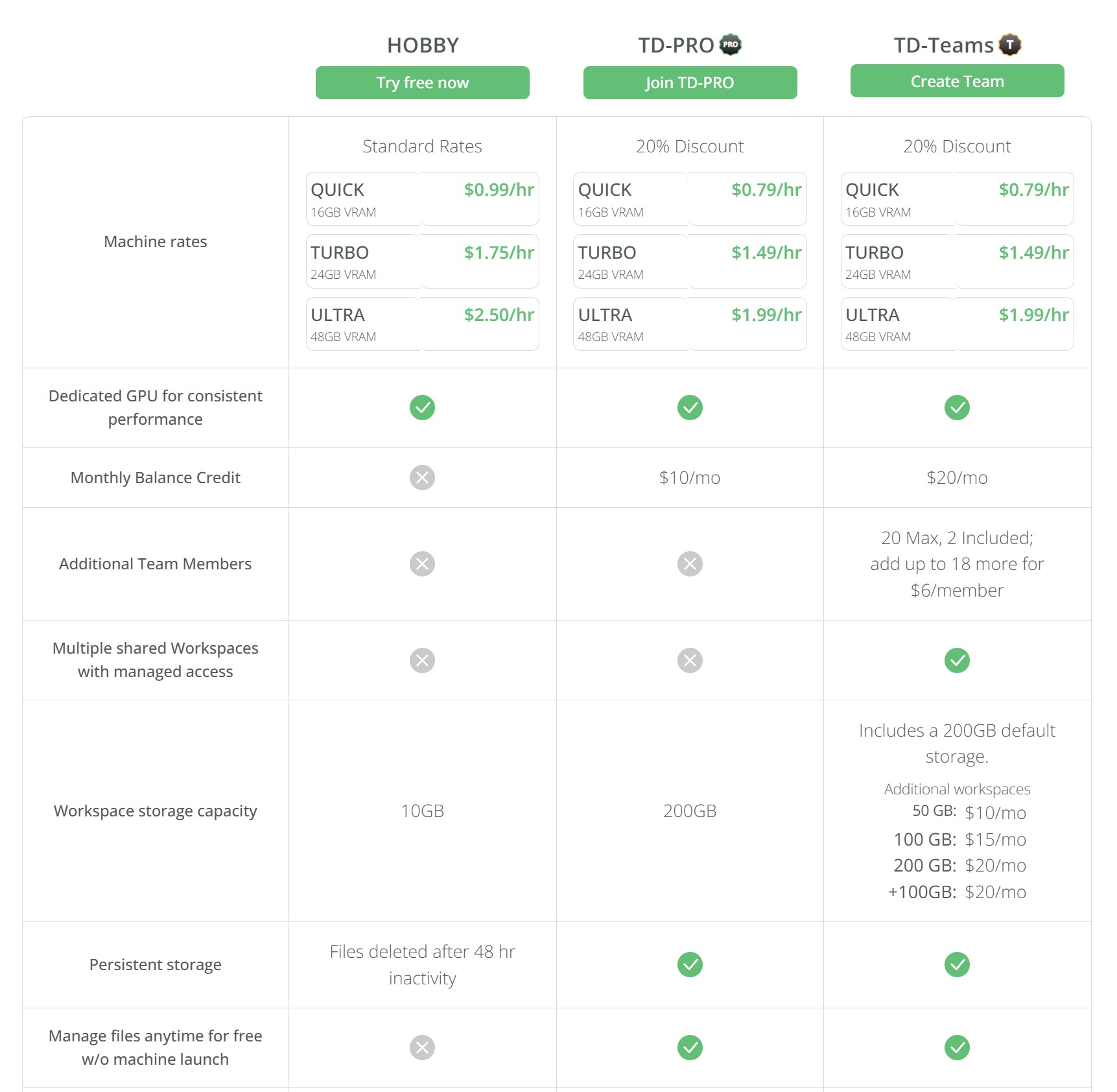BREAKING NEWS
LATEST POSTS
-
A Looming Threat to Bitcoin (and the financial world)- The Risk of a Quantum Hack
Advancements in quantum computing pose a potential threat to Bitcoin’s security. Google’s recent progress with its Willow quantum-computing chip has highlighted the possibility that future quantum computers could break the encryption protecting Bitcoin, enabling hackers to access secure digital wallets and potentially causing significant devaluation.
Researchers estimate that a quantum computer capable of such decryption is likely more than a decade away. Nonetheless, the Bitcoin developer community faces the complex task of upgrading the system to incorporate quantum-resistant encryption methods. Achieving consensus within the decentralized community may be a slow process, and users would eventually need to transfer their holdings to quantum-resistant addresses to safeguard their assets.
A quantum-powered attack on Bitcoin could also negatively impact traditional financial markets, possibly leading to substantial losses and a deep recession. To mitigate such threats, President-elect Donald Trump has proposed creating a strategic reserve for the government’s Bitcoin holdings.

-
posemy.art – Create Poses for Drawing Reference and AI apps in Seconds for Free
-
Mickmumpitz – Create CONSISTENT CHARACTERS from an INPUT IMAGE with FLUX and a character sheet! (ComfyUI Tutorial + Installation Guide + Lora training)
https://www.patreon.com/posts/create-from-with-115147229
Note: the image below is not from the workflow
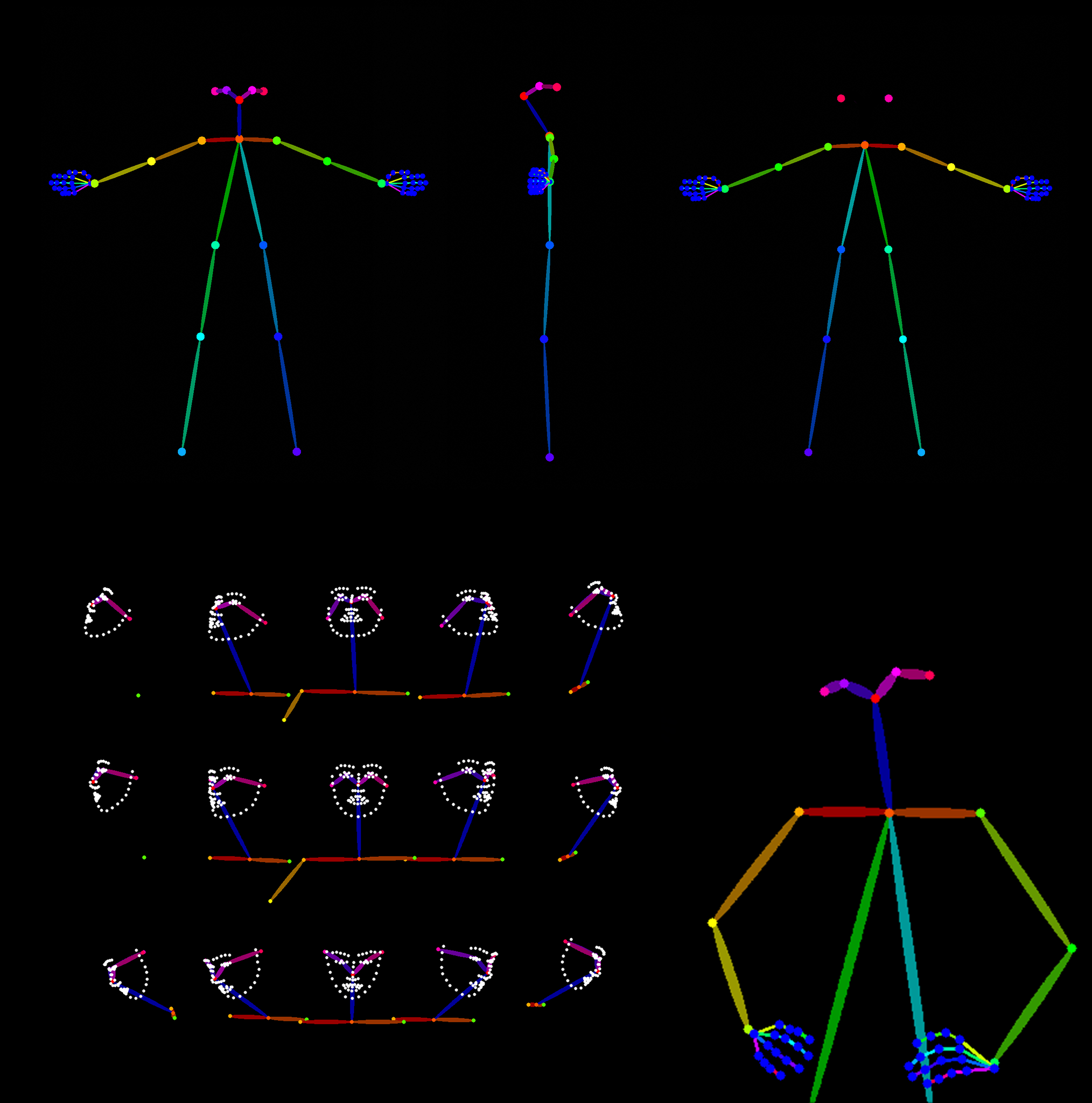
Nodes:
Install missing nodes in the workflow through the manager.
Models:
Make sure not to mix SD1.5 and SDLX models.
Follow the details under the pdf below.
General suggesions:
– Comfy Org / Flux.1 [dev] Checkpoint model (fp8)
The manager will put it under checkpoints, which will not work.
Make sure to put it under the models/unet folder for the Load Diffusion Model node to work.
– same for realvisxlV50_v50LightningBakedvae.safetensors
it should go under models/vae
-
Emmanuel Tsekleves – Writing Research Papers
Here’s the journey of crafting a compelling paper:
1️. ABSTRACT
This is your elevator pitch.
Give a methodology overview.
Paint the problem you’re solving.
Highlight key findings and their impact.
2️. INTRODUCTION
Start with what we know.
Set the stage for our current understanding.
Hook your reader with the relevance of your work.
3️. LITERATURE REVIEW
Identify what’s unknown.
Spot the gaps in current knowledge.
Your job in the next sections is to fill this gap.
4️. METHODOLOGY
What did you do?
Outline how you’ll fill that gap.
Be transparent about your approach.
Make it reproducible so others can follow.
5️. RESULTS
Let the data speak for itself.
Present your findings clearly.
Keep it concise and focused.
6️. DISCUSSION
Now, connect the dots.
Discuss implications and significance.
How do your findings bridge the knowledge gap?
7️. CONCLUSION
Wrap it up with future directions.
What does this mean for us moving forward?
Leave the reader with a call to action or reflection.
8️. REFERENCES
Acknowledge the giants whose shoulders you stand on.
A robust reference list shows the depth of your research.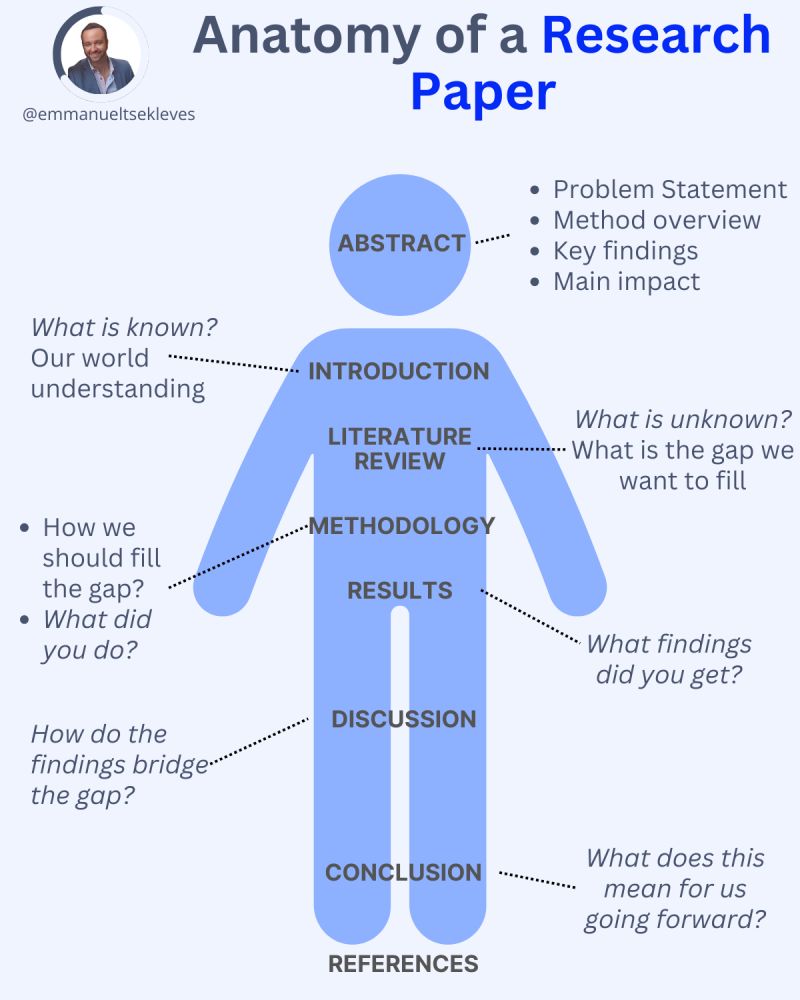
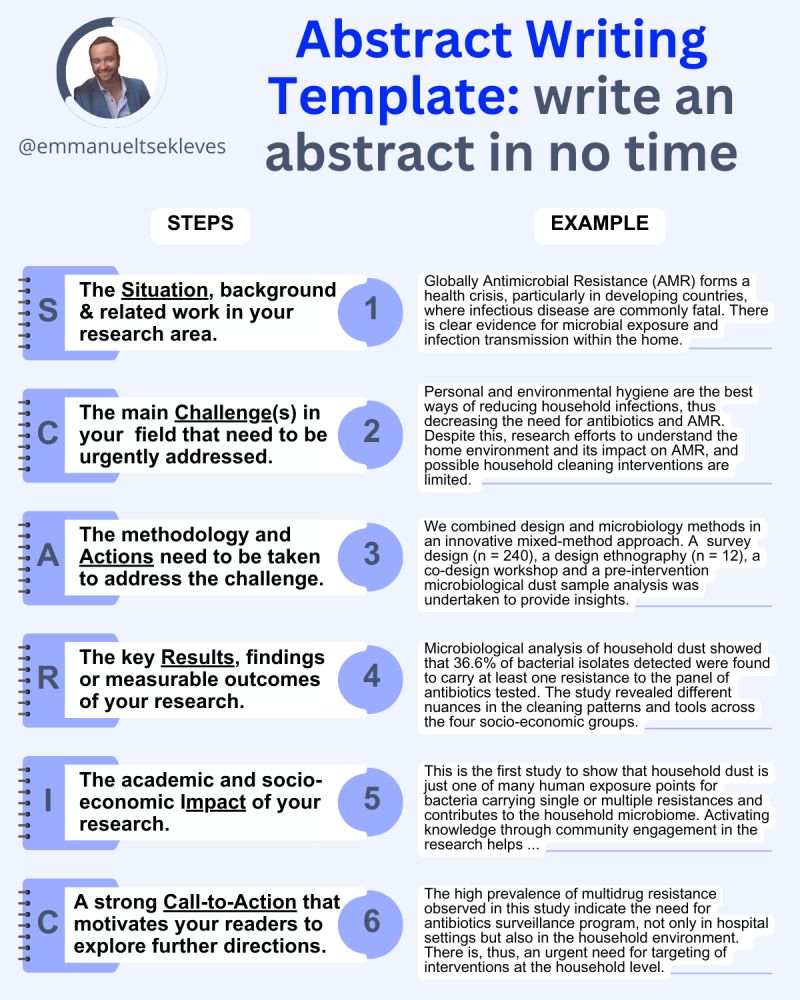
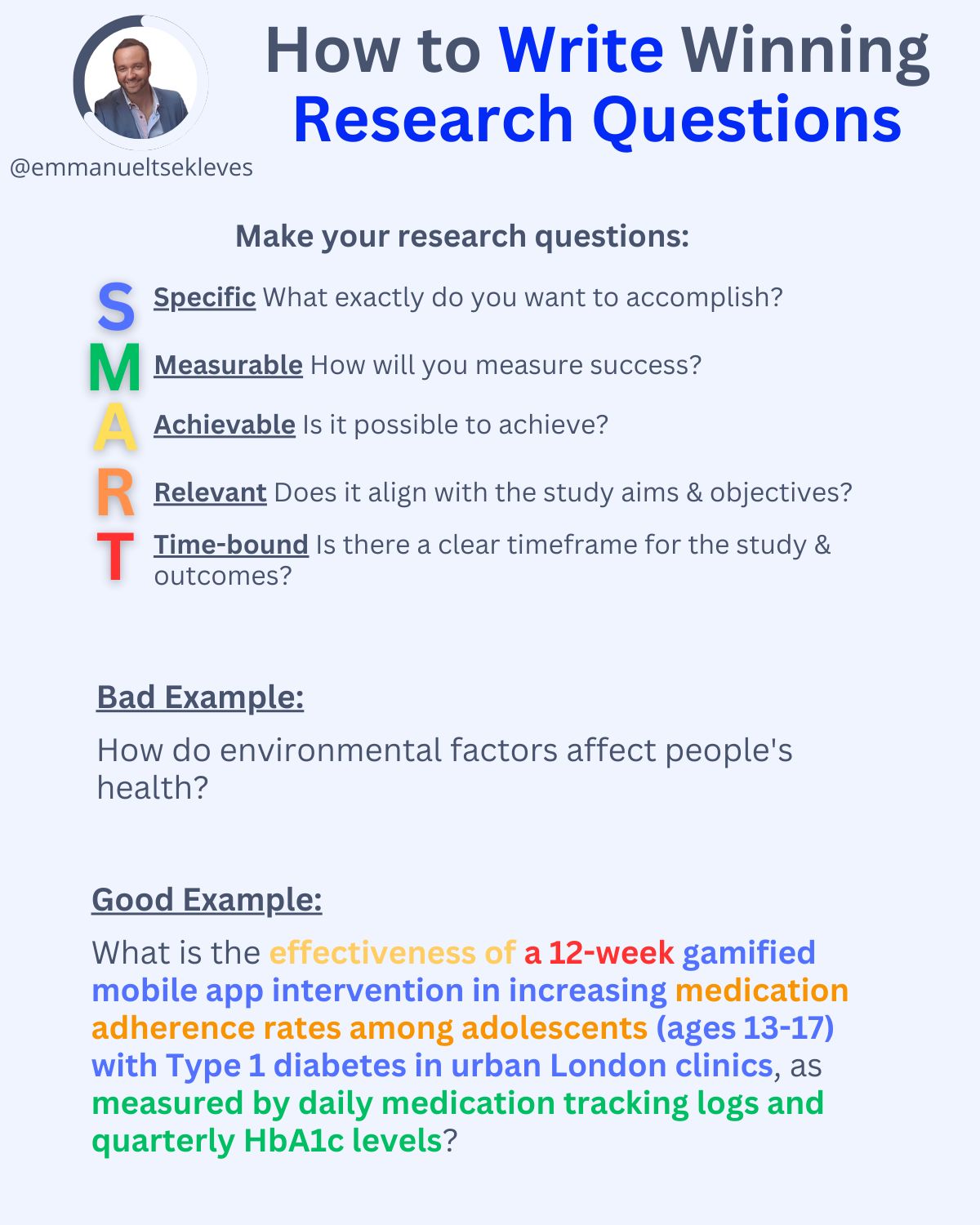
FEATURED POSTS
-
ComfyUI-Manager Joins Comfy-Org
https://blog.comfy.org/p/comfyui-manager-joins-comfy-org
On March 28, ComfyUI-Manager will be moving to the Comfy-Org GitHub organization as Comfy-Org/ComfyUI-Manager. This represents a natural evolution as they continue working to improve the custom node experience for all ComfyUI users.
What This Means For You
This change is primarily about improving support and development velocity. There are a few practical considerations:
- Automatic GitHub redirects will ensure all existing links, git commands, and references to the repository will continue to work seamlessly without any action needed
- For developers: Any existing PRs and issues will be transferred to the new repository location
- For users: ComfyUI-Manager will continue to function exactly as before—no action needed
- For workflow authors: Resources that reference ComfyUI-Manager will continue to work without interruption

-
Magic Lantern – a free software add-on to boost Canon’s features
https://builds.magiclantern.fm/
Supported cameras:
5D Mark II, 5D Mark III, 6D, 7D, 50D, 60D, 500D/T1i, 550D/T2i, 600D/T3i, 650D/T4i, 700D/T5i, 1100D/T3, EOS M.Example features:
- Zebras for under/over exposed areas.
- Focus peaking for quickly checking focus.
- Magic Zoom window to fine-tune focus.
- Cropmark overlays for 16×9 bars or any custom shape.
- Overlay a ghost image in live view.
- Spotmeter in live view.
- False color for precise exposure control.
- RGB histogram with RAW support.
- Waveform for perfect green screen lighting.
- Vectorscope for color tones.
- Kelvin and push-button white balance.
- Auto ETTR (Expose To The Right).
- Exposure Lock for manual mode.
- Manually override exposure settings in LiveView.
- Quickly switch between two exposure presets.
- Toggle exposure simulation on/off (Liveview).
- Dynamic range improvements (Dual ISO, other features being researched).
- Bracketing for exposure, flash, or depth-of-field.
- In-camera intervalometer.
- Custom bulb timer for extra-long exposures.
- Motion detection.
- Silent pictures without shutter actuation.
- Record voice tags for photos / videos.
- Analog / digital gain adjustments.
- Selectable input source.
- Toggle wind filter.
- Live audio monitoring through with headphones.
- Beep / test tones.
-
The Public Domain Is Working Again — No Thanks To Disney
www.cartoonbrew.com/law/the-public-domain-is-working-again-no-thanks-to-disney-169658.html
The law protects new works from unauthorized copying while allowing artists free rein on older works.
The Copyright Act of 1909 used to govern copyrights. Under that law, a creator had a copyright on his creation for 28 years from “publication,” which could then be renewed for another 28 years. Thus, after 56 years, a work would enter the public domain.
However, the Congress passed the Copyright Act of 1976, extending copyright protection for works made for hire to 75 years from publication.
Then again, in 1998, Congress passed the Sonny Bono Copyright Term Extension Act (derided as the “Mickey Mouse Protection Act” by some observers due to the Walt Disney Company’s intensive lobbying efforts), which added another twenty years to the term of copyright.
it is because Snow White was in the public domain that it was chosen to be Disney’s first animated feature.
Ironically, much of Disney’s legislative lobbying over the last several decades has been focused on preventing this same opportunity to other artists and filmmakers.The battle in the coming years will be to prevent further extensions to copyright law that benefit corporations at the expense of creators and society as a whole.
-
Cinematographers Blueprint 300dpi poster
The 300dpi digital poster is now available to all PixelSham.com subscribers.
If you have already subscribed and wish a copy, please send me a note through the contact page.
-
Fast, optimized ‘for’ pixel loops with OpenCV and Python to create tone mapped HDR images
https://pyimagesearch.com/2017/08/28/fast-optimized-for-pixel-loops-with-opencv-and-python/
https://learnopencv.com/exposure-fusion-using-opencv-cpp-python/
Exposure Fusion is a method for combining images taken with different exposure settings into one image that looks like a tone mapped High Dynamic Range (HDR) image.





